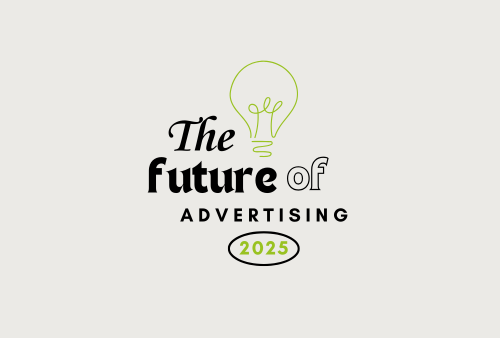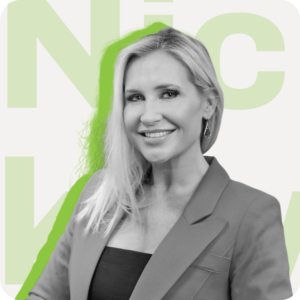Shaping the Future of Advertising: What Will Media Investments Look Like in 2025?

Shaping the Future of Advertising: What Will Media Investments Look Like in 2025?
Advertisers face a wild ride through a constantly changing media landscape. So what should we expect for 2025 and how should marketers parcel up your advertising budget?
Traditional Media: The Underdog Still in the Game
While digital media is definitely on the rise, traditional media isn’t going down without a fight. TV, for instance, saw a solid 3% bump in media spending last year, thanks to the big draws like the Olympics and political campaigns*1. 1. Absolutely, more audiences are shifting towards streaming, particularly for live content, but linear TV is still a powerhouse for return on ad spend (ROAS), which is why so many brands continue to invest in it. On the other hand, print media saw an 11% decline as advertisers increasingly turn to digital, prioritizing large publications. Meanwhile, radio is holding steady, with local stations even seeing a slight uptick.
Traditional Meets Digital: The Ultimate Mashup
The lines between traditional and digital media are getting seriously fuzzy. OTT (over-the-top) TV offers precision targeting that linear TV can only dream of. As a result, traditional media companies are jumping on the streaming bandwagon to keep their TV budgets in check. Sure, linear TV might take a dip in the next few years, but OTT is more than ready to pick up the slack. TV, in one form or another, will remain a key player in marketing strategies for a while. But let’s not write off linear TV yet – it still accounts for almost six times as many ad impressions as CTV*2, making it the right channel for upper-funnel messaging. With many consumers splitting time between all formats on TV, it’s important to meet viewers where they consume video content.
Perhaps radio and podcasts as the ultimate crossover event—one’s old school, the other new school, but both are delivering targeted ads that hit home with listeners. The rise of podcast ads is also breathing new life into traditional radio.
AI: The Double-Edged Sword of 2025
AI is shaping up to be both the hero and villain of the advertising world. On one hand, it’s helping advertisers and agencies fine-tune campaigns, and helping fight ad fraud while boosting monetization. On the other hand, AI is shaking things up in ways we didn’t see coming. Just take search engines, for example—AI-generated answers are taking over the top spots, pushing traditional results (and sponsored ads) further down the page. This could spell trouble for advertisers, especially with younger users who tend to trust AI results more. If brands want to stay ahead in 2025, they’ll need to embrace these changes.
Omnichannel Is the Future (and It’s a Wild Ride)
Media consumption is more fragmented than ever, and consumers are hopping from one platform to another faster than you can say “ad fatigue.” So, a one-channel approach? That’s so last decade. The future is omnichannel. Whether you’re trying to grow your brand, snag new subscribers, or close those sales, advertisers need to be everywhere, all the time—making sure the brand experience is smooth across every touchpoint. It’s a tall order, but with the right data and strategy, it’s totally doable. And hey, if you do it right, it is the ultimate way to gain market share.
*1 Media Radar
*2 eMarketer

Nicky de la Salle is the Vice President of Growth at DirectAvenue. With more than 20 years of experience, including a decade at a “Big 6” global agency, in performance marketing and growth strategy, she is a proven senior leader with specializations in omni-channel marketing, eCommerce and digital marketing channels. Nicky has driven the performance marketing vision for Fortune 500, Entrepreneurs and Tech-Disrupters alike both in the US and internationally.
#tvadvertising #goals #strategy #economy #ctv #opportunities #brandawareness #directavenue #traditionalmedia #advertising #brandresponse #performancemarketing #performanceadvertising #AItech #marketshare #mediainvestmens #digitalmedia #consumerbehavior #OTT #podcasting
Head to our blog page, services page, and LinkedIn for more!
Interested in learning more about WHO we are? Visit here!

